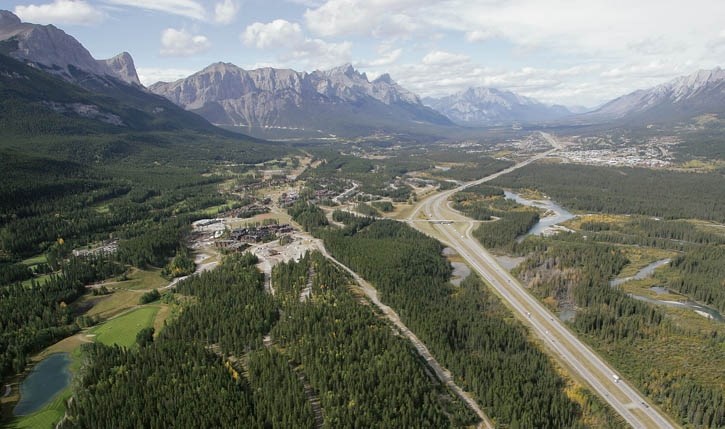Changes to Canmore’s municipal census have resulted in a different understanding of the town’s permanent and semi-permanent population.
In fact, what officials call the community’s part time population was up for discussion as well during the presentation of the Community Monitoring Report to council at committee of the whole this month.
Sparked by a question from Mayor John Borrowman, the conversation around what to call those who own a home in Canmore but don’t live there full time.
“We have been using the term semi-permanent residents,” said chief administrative officer Lisa de Soto.
Bruce Gleig with the Biosphere Institute of the Bow Valley produced the report, which looks at the community from a statistical framework. The report covers five areas: place, service, economy, environment and people.
But counting the non-permanent people this time around was more complicated as a result of Canmore using an online census template.
“We have been doing the Community Monitoring Report since 2003,” Gleig said. “One thing we like to do is measure consistent indicators over time and this is more challenging than it sounds.”
Gleig said the data shows a six per cent increase in the permanent population since 2013 for a total permanent population of 13,077.
“In many ways we would consider that a positive community sign,” he said. “It gets more complicated with the semi-permanent or non-permanent population.
“This report’s people section is shorter because the methodology and question changes in the municipal census.”
The change also resulted in no longer having information on how long a person has resided in Canmore for an understanding of migration and turnover in the community Gleig added.
While the 2011 census showed a 30 per cent non-permanent population, the 2014 report put that number at 22 per cent or 3,884 people compared to 5,982 in 2011.
“To tell you the truth, I’m not sure what is correct, but the 2014 semi-permanent resident count is similar to the 2005 count,” he said. “For everyone in our workshops and groups this was an open question. I don’t know if there is a clear answer to this one.”
Gleig said the number of residents also affects other parts of the report – for example water consumption and other environmental goals the municipality has.
On the bright side, the report showed Canmore remains a safe community to live in with crime rates low and severity index trending lower over the past five years. Gleig said 80 per cent of residents agree there is a strong sense of community and 96 per cent indicate they like living in Canmore.
Economically speaking, Gleig commented on Canmore’s housing situation, with essentially a zero per cent vacancy rate, upward price trends he said finding housing has become a challenge for many residents and a limiting factor for the labour market.
He mentioned the living wage study recently completed that found an hourly rate for households to meet basic needs - $23.40 each for a family with two adults and two children, $24.55 for a single parent with one child and $20.03 for a single adult.
From 2010-14, the cost of rental housing increased by 29.1 per cent according to the report. That average is calculated for a one-bedroom unit, which in 2014 was $1,264. Two bedroom units increased 29.2 per cent and three bedrooms rose by 36.2 per cent.
“It is not just about affordable housing, it is also availability and appropriateness,” Gleig said.
The average number of units available per month dropped from 160 in 2009 to 48 in 2013 and 54 in 2014 – overall there is a decrease of 58.6 per cent in the average number of vacant units from 2010-14.
Employment and labour market information like participation and unemployment levels were also hard to pin down in the report. Canmore and Banff were previously paired with Jasper by Statistics Canada, but that has now changed. Gleig said the economic region Canmore is part of changed in 2013 and reaches north to the NWT border.
“Our discussions with Statistics Canada will continue,” he said.




